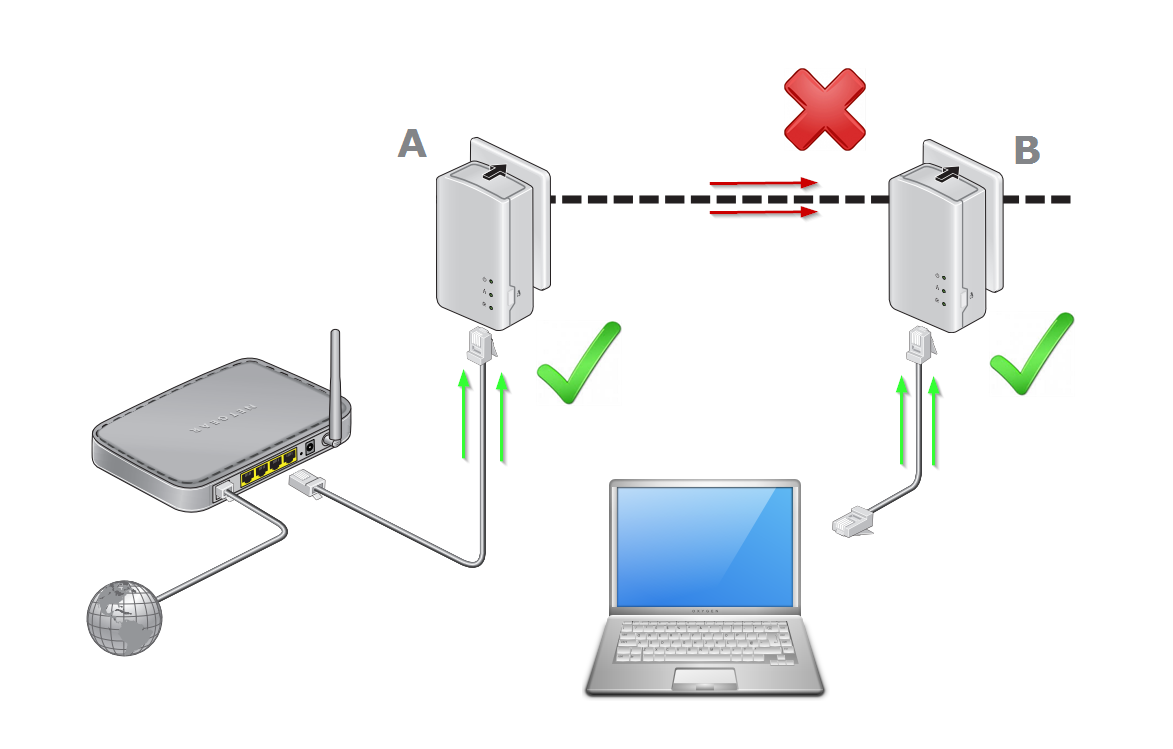RCA cables, named after the Radio Corporation of America, have been a staple in audio and video connectivity for decades. Despite the rise of digital alternatives like HDMI, RCA cables remain relevant in 2024, offering a cost-effective and reliable solution for connecting various devices. In this comprehensive guide, we’ll explore the ins and outs of RCA cables, their types, factors to consider when choosing them, and how to optimize your setup for the best possible performance.
Understanding RCA Cables
RCA cables are widely used to establish audio and visual connections between devices such as DVD players, televisions, speakers, and more. They are capable of transmitting both analog audio and video signals, making them a versatile choice for many setups.
Typically, an RCA cable consists of three colored plugs: red, white, and yellow. The red and white plugs are responsible for the right and left audio channels, respectively, while the yellow plug carries the video signal. This color-coding system helps users avoid confusion and ensures proper connections.
Materials and Quality
RCA cables are available in various materials, each with its own advantages:
- Gold: Gold-plated connectors are the most expensive but offer superior resistance to oxidation, ensuring a reliable connection over time.
- Silver: Silver-plated connectors provide excellent conductivity, allowing for optimal signal transmission.
- Copper: Copper connectors are a more affordable option and still provide good performance, although they may be more susceptible to oxidation compared to gold or silver.
Types of RCA Cables
There are two main types of RCA cables, differentiated by the signals they transmit and the resulting video quality:
1. Composite Video RCA Cables
A composite video RCA cable consists of three lines: two for audio (red and white) and one for video (yellow). This type of cable is suitable for standard-definition video signals and is commonly used with older devices. However, it does not provide the highest video quality due to the combined video signal.
2. Component Video RCA Cables
Component video RCA cables offer superior video quality compared to composite cables. They feature three separate lines for video (red, green, and blue), allowing for the transmission of high-definition video signals. This type of cable can support resolutions up to 1080p and beyond, making it an excellent choice for HD televisions and modern video sources.
Factors to Consider When Choosing RCA Cables
To ensure the best performance and longevity, keep these factors in mind when selecting RCA cables:
1. Length
Choose an RCA cable that is just long enough for your needs. Excessively long cables can result in signal degradation, while cables that are too short may not provide enough flexibility in your setup. Common lengths range from 3 to 15 feet.
2. Connector Material
Opt for RCA cables with high-quality connector materials:
- Gold-plated: Ideal for long-term reliability and resistance to oxidation.
- Silver-plated: Provides excellent conductivity for optimal signal transmission.
- Nickel or copper: More affordable options that still offer good performance.
3. Shielding
A well-shielded RCA cable helps minimize interference and ensures a cleaner signal. Look for cables with robust shielding to protect against electromagnetic interference (EMI) and radio frequency interference (RFI).
4. Connector Compatibility
When possible, match the connector material to the ports on your devices. For example, if your device has gold-plated ports, choose RCA cables with gold-plated connectors for the best connection and to avoid any signal issues.
Optimizing Your RCA Cable Setup
To get the most out of your RCA cables and ensure optimal performance, follow these tips:
- Keep cables away from power sources: Position your RCA cables away from power cords and other potential sources of interference to minimize signal degradation.
- Use cable ties or clips: Keep your cables organized and secured using cable ties or clips. This not only keeps your setup tidy but also prevents damage to the cables from excessive bending or strain.
- Avoid excessive coiling: While it’s tempting to coil up excess cable length, doing so can lead to signal loss and interference. Instead, gently loop the cable or use a cable management solution that doesn’t put undue stress on the cable.
- Regularly inspect and clean connectors: Over time, dust and debris can accumulate on the connectors, leading to poor signal quality. Periodically inspect and clean your RCA connectors using a soft, dry cloth to maintain optimal performance.
Conclusion
RCA cables remain a reliable and cost-effective solution for audio and video connectivity in 2024. By understanding the different types of RCA cables, the factors to consider when choosing them, and how to optimize your setup, you can ensure that you get the best possible performance from your devices.
When in need of high-quality RCA cables, look for a trusted cable supplier that offers a range of options to suit your specific requirements. With the right RCA cables and proper setup, you can enjoy seamless audio and video experiences for years to come.





